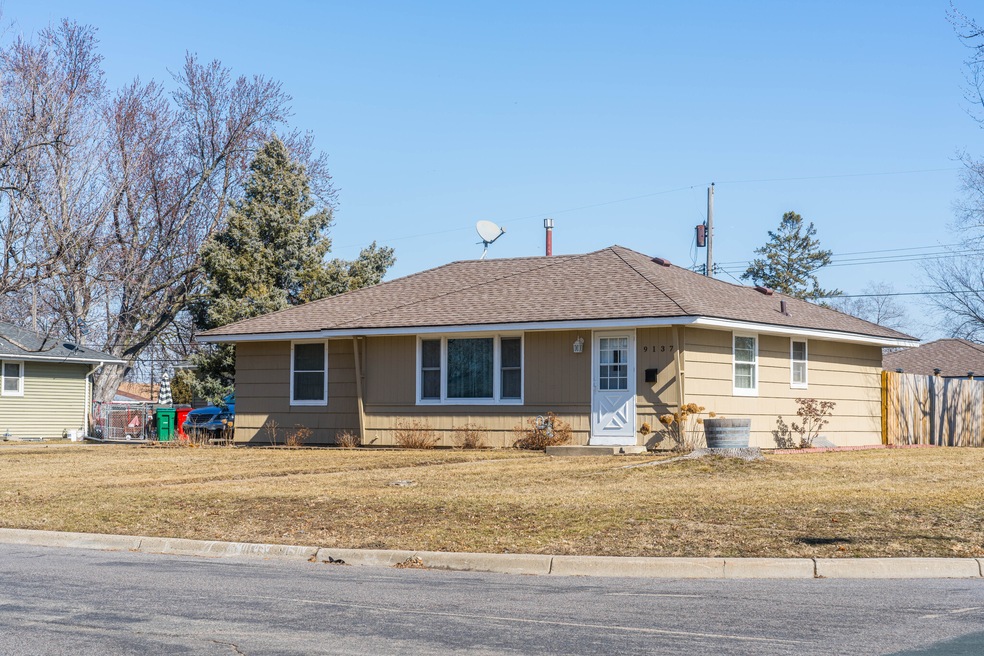Lot setbacks, or distances that houses must be from property lines, are increasingly in the spotlight as officials around the country seek to build more residences to address a shortage of affordable housing.
Developers looking to build starter homes for first-time buyers are often interested in creating small lots to reduce the cost to consumers. But if a city or town requires the house to be set back far from the front, side and rear of the property, a small lot may not be possible, according to a report released this month by the Minnesota-based Housing Affordability Institute. The institute is the research arm of Housing First Minnesota, a builders’ advocacy group.
“You’re starting to see these policies that no one’s really thought about much getting more attention,” said Nick Erickson, the affordability institute’s executive director and the report’s author, in an interview. “Some states and cities have done massive reforms in two or three areas, and those opposed to those reforms are finding new ways to block the increased density and affordability that these proposals bring.”
The report adds to efforts going on around the country focusing on various zoning code rules that can inhibit housing development. A number of states and cities including Montana; Berkeley, California; and Portland, Oregon; have adjusted their legal codes in recent years to make it possible to build multiple homes on a lot where previously only one house was allowed. Other government bodies have reduced the minimum lot size in a residential area.
But trying to create more residences or reducing lot sizes without adjusting setback rules could mean construction doesn't happen, officials are concluding.
Cities and towns typically require the largest setbacks between the front of a house and the road, with smaller setbacks on the sides and in the backyard. A 2023 analysis for the Minneapolis suburb of Bloomington found that requiring no more than a 30-foot front setback could save $1,100 on the cost of building a single-family house.
Lower costs
The savings stem from installing shorter water and sewer lines from the street to the house. The city later eliminated a rule that required many houses to be set back far enough from the street to match their neighbors, in some cases as much as 65 feet.
The $1,100 estimate of the savings from reducing the front setback may understate the potential cost. A number of developers measure home sizes and costs in terms of linear feet, according to the report from this month. If the cost of a lot is estimated at $2,500 per linear foot, doubling the setback on both the right and left sides of a house from five to 10 feet adds $12,500 to each side, or $25,000 in additional cost.
A number of rambler-style houses built on Bloomington’s east side in the years right after World War II had front setbacks as small as 10 to 15 feet, with 2.5-foot setbacks on the sides, Erickson said. That was perceived at the time as enough distance from the road to provide a buffer from noise and a sense of privacy for residents. But over time, setbacks have widened. That change and others in the city’s rules have led to fewer small houses on small lots.
Erickson recalled hearing one Bloomington city official describe the typical postwar rambler house this way: “This is the house that built Bloomington, and it can’t be built today.”
Bloomington had other rules that Erickson found were more costly for homebuyers than setbacks. Reducing the minimum house size by 400 square feet would cut the cost by $40,000, Erickson estimated. The city also required each house to have space for four parked cars, including two in a garage and the others in a driveway. Cutting the number of spaces to two saves more than $7,500, Erickson said.
Besides adjusting lot setbacks, Bloomington also changed its rules last year to reduce the minimum lot size in many residential neighborhoods from 11,000 to 7,800 square feet, according to city planning supervisor Nick Johnson. In addition, the city did cut the number of required off-street parking spaces to two.
In a March 2023 statement explaining these and other rule changes, city staff said the adjustments would increase affordable homeownership opportunities and provide more housing options in general.
"Bloomington has seen rapid growth recently in rental housing opportunities," according to the statement. "Unfortunately, recent new housing ownership opportunities have been minimal."
The importance of setbacks is underappreciated, according to the report. The bigger a setback is, the more it reduces the amount of buildable space on a lot and the number of homes that can be built in a given area. Large setbacks encourage large lots that are less affordable.

